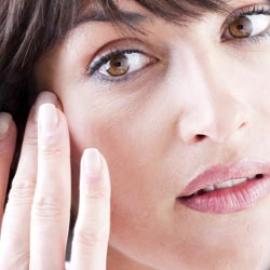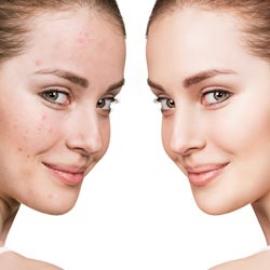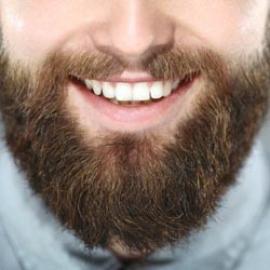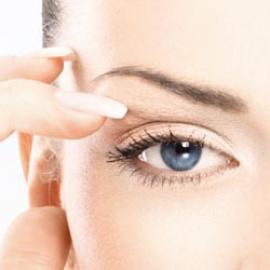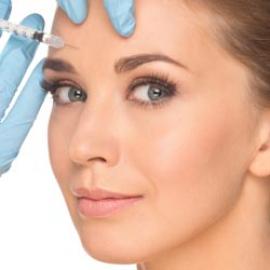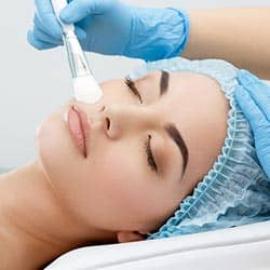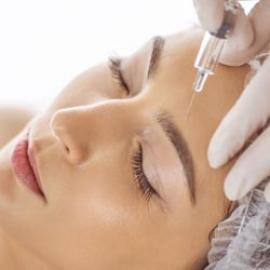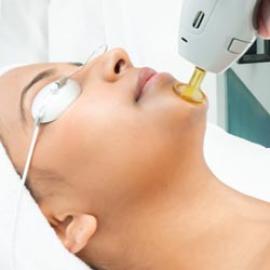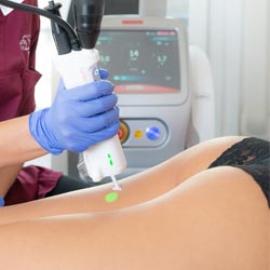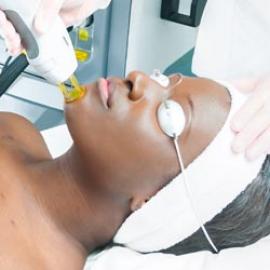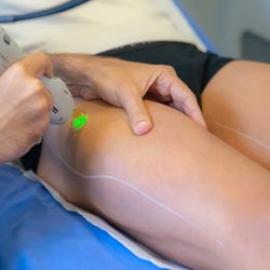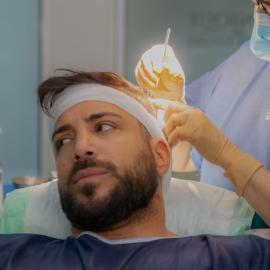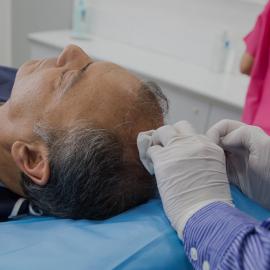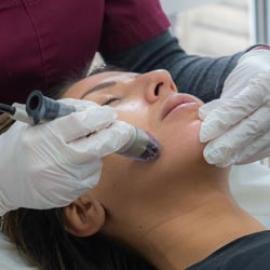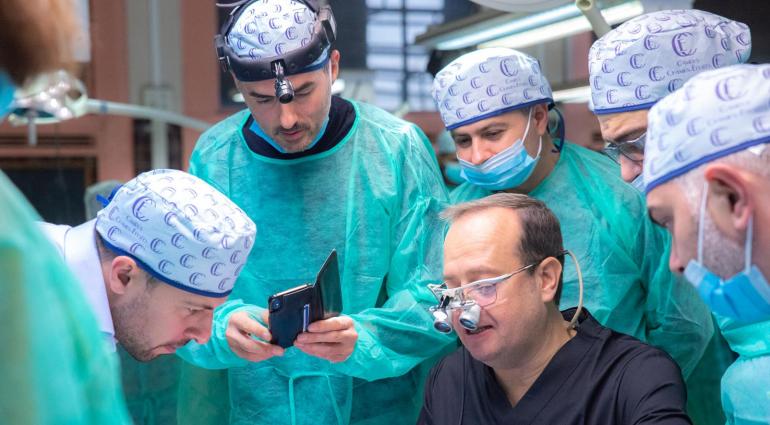
People with light skin and red hair are prone to freckles. For certain individuals, these marks can be ochre, brown or more orange in colour, and they evolve little by little as the individual develops. While some people may find them cute, freckles are a source of insecurity for others.
Freckles: definition
Freckles are tiny pigmented spots on the skin. These are skin lesions induced by hyperpigmentation. Melanocytes, cells that create skin pigment, generate melanin that produces ochre, brown or sometimes even orange dots.
Freckles are often distributed across the face. They can be found primarily on the cheeks, the bridge of the nose, the chin and the forehead.
People with very light skin and red or very blond hair often grow freckles. When these people are exposed to the light, the freckles may become more accentuated. Therefore, these individuals are said to have phototype 1 skin.
Freckles arise as children grow up. Freckles vanish in adulthood in some cases. However, for most individuals, freckles continue to appear throughout their adult life as they are exposed to the sun.
Freckles: the causes
Freckles are a type of macules on the skin. Babies are not born with a face filled with ochre dots. They show up as the child is exposed to UV rays when they grow up.
Solar rays activate melanocytes, which are the cells that create skin pigment, and the freckles lead to a high concentration of melanin in the skin.
It is important to remember that while melanin is the source of freckles, it is very different from tanning. Melanin is divided into two distinct components. First, eumelanin produces a dark brown pigment that gives an even, tanned appearance. Second, pheomelanine produces a reddish-colored pigment. In fact, people with phototype 1 actually have only pheomelanine. These cells develop scattered orange macules when they come into contact with the light.
Freckles: the treatment
There are now cosmetic medical procedures that can fully eliminate or reduce freckles.
First, you should undergo treatment to avoid the development of freckles. Sunscreen protects the cells from rays and reduces the activation of the UV. It is difficult for people with phototype 1 to avoid the appearance of freckles. But with this approach, it is possible to slow down their growth.
Freckles can be removed by skin depigmentation for people whose freckles are a source of insecurity. Depigmentation is performed using a laser or pulsed light on the face under the supervision of a dermatologist. The laser is projected manually by a dermatologist.
The laser is absorbed by the colored pigment in the skin as it comes into contact with the skin. The laser is then converted into heat and burns.The melanin is burned and eliminated. Multiple sessions are required to achieve a final result. The results give the skin a light, and even pigmentation.


